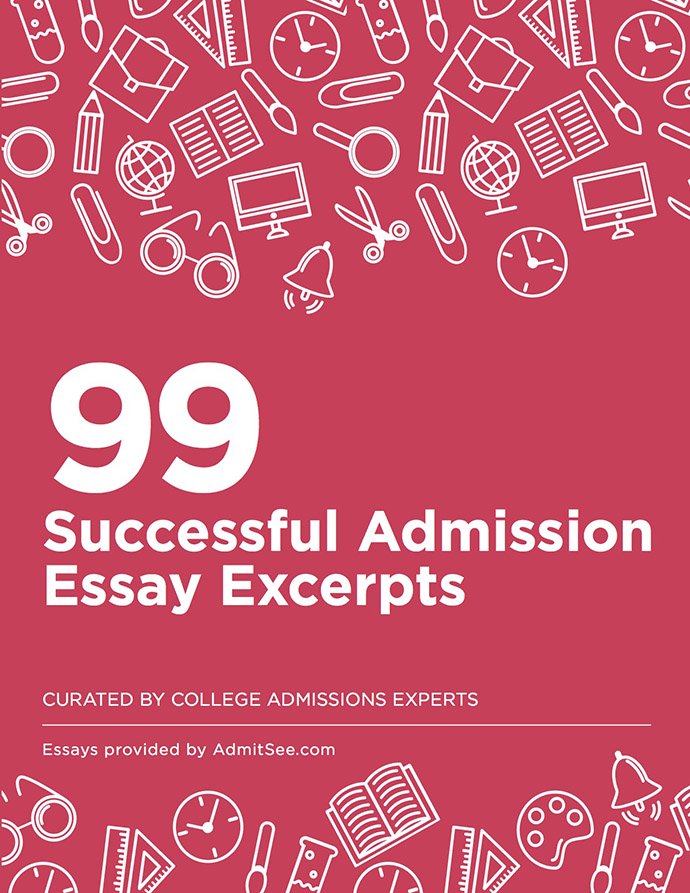Higher education is designed to help you realize your full potential. And because everyone has different needs, there’s no one-size-fits-all college curriculum.

When you’re perusing your college options, keep in mind that there are plenty of ways to tailor your education to meet your interests and aspirations. One of the most notable is called the 3-2 Combined Plan.
The 3-2 Combined Plan
The 3-2 Combined Plan is a program that allows you to complete two different courses of study and get a degree in each. For instance, you might complete a B.A. in one school’s liberal arts college and then a B.S. in engineering at another university.
It’s called “3-2” because you complete three years of study in the first subject and two in the other, for a total of five years. (Some schools also offer a 4-2 or 3-3 Combined Plan for select degrees.)
Many college advisers find that 3-2 Combined Plan students are more successful than others. In particular, students on the liberal arts track receive more individualized attention than they do in larger engineering schools.
Things to Consider
Different schools may handle their 3-2 Combined Plans differently. However, many schools expect you to meet certain basic requirements. While many students know they plan to complete a 3-2 Combined Plan before they arrive at college, and you should make your plans clear to all your advisers, be aware that you usually don’t apply until you’re a junior in college.
You’re expected to be enrolled in an affiliate school of the school you’re applying to. Not all schools are affiliates of each other or even offer 3-2 Combined Plans to their students at all. Ideally, you should scout this out carefully before you make your initial college applications. Typically, many liberal arts schools will partner with a few large, prestigious science and engineering schools.
While 3-2 Combined Plans are commonly used to match a well-rounded liberal arts track with an engineering degree, this isn’t their only application. Some schools offer 3-2 Combined Plans where the accompanying degree is in computer science, scientific fields such as oceanography or forestry, or even law. Any program where you’re matching two degrees at different schools is a Combined Plan.
Applying for a 3-2 Combined Plan
A 3-2 Combined Plan is basically a special kind of transfer, where you’re assured that certain course credits will transfer to your new school and your new degree. You may be required to meet certain requirements for the transfer, such as having a certain GPA (3.0 or above is typical).
Each program will have unique prerequisite and degree requirements. If you’re considering a 3-2 Combined Plan, you should always be sure you’re on track to meet these before your junior year is completed. Usually students complete their liberal arts degree first, then move on to complete the other part of their degree. You may also be expected to turn in recommendations from professors or advisers, or even from the administrator who oversees your school’s 3-2 Combined Plan program.
You should hear back about your application by the conclusion of your junior year. If you are accepted, you will transfer to your new school and begin studying there. If you are rejected, you may complete your initial degree at your first institution as normal.
3-2 Combined Plans are a powerful way to make your education into a well-rounded program that reflects your individual needs. Whereas finishing two very different degrees would typically take a lot of time and money, a 3-2 Combined Plan allows you to complete both quickly and at minimal expense. All it takes to apply is a little planning, good grades, a checked-off list of prerequisites and recommendations from professors.
















 Back
Back